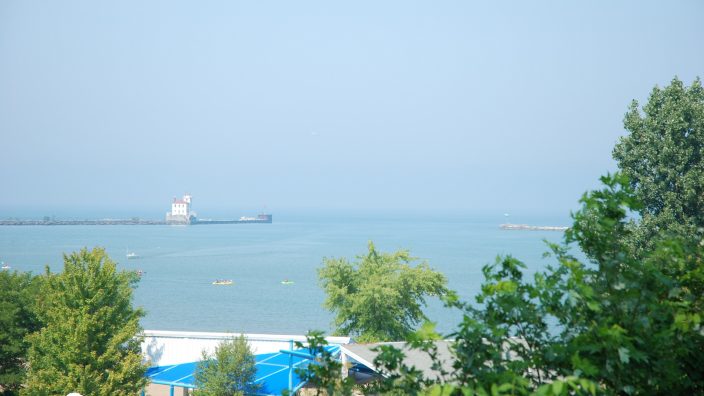Farmer’s Guide to Trucking Regulations available to Ohio Farm Bureau members
The guide includes a farm driver checklist, overview of state and federal regulations and exemptions, CDL qualifications and more.
Read More
Earlier this summer, the National Oceanic and Atmospheric Administration pegged the severity of the 2020 algal blooms on Lake Erie at a 4.5 on a scale of 10, one of the smaller forecasts in recent years. Final data to calculate the official bloom size won’t be released until later this year, but one researcher says the original guess will be close.
“It wouldn’t surprise me if that is an accurate forecast and that is good to hear,” said Chris Winslow, director of the Ohio State University’s Ohio Sea Grant College Program. “In a year of travel restrictions, it’s nice to be able to go to a lake, social distance and enjoy that resource.”
That is not to say that all of Lake Erie has been spared from algal blooms. According to Winslow, locations being impacted this year by relatively mild blooms are near the Maumee Bay and on the Michigan shoreline, due to the direction of the wind over the summer months.
Some of this year’s small bloom can be attributed to a drier weather pattern, keeping nutrients in place instead of being washed into the lake from wastewater treatment plants, septic systems and agricultural landscapes after heavy rainfalls. Progress in nutrient management by farmers is also a factor.
“I would say we have made a lot of progress from the agricultural front from one specific perspective and that is the best management practices,” Winslow said. “We are seeing a lot of great data from experiments on the usage of cover crops, tile drainage control structures, buffer strip placements and incorporation of fertilizer.”
With every day that goes by, research shows when one best management practice works and when it doesn’t and which landscapes are better suited for a particular BMP.
“The greatest progress we are seeing is being able to inform farmers which practices are best for them and their farm,” Winslow said. “To get to our goal of a 40% reduction rate of phosphorus entering Lake Erie, we need to have huge adoption rates across the watershed and we aren’t quite there yet.”
Winslow acknowledges that resources in the form of funding are a needed component for farmers to do additional practices for water quality. He said the response rate of farmers that want to be engaged in the H2Ohio initiative and other public private partnerships being formed across the state is a huge step in the right direction.


The guide includes a farm driver checklist, overview of state and federal regulations and exemptions, CDL qualifications and more.
Read More


Mary Klopfenstein of Delphos has been named Young Ag Professional and Ag Literacy Program Specialist for Ohio Farm Bureau.
Read More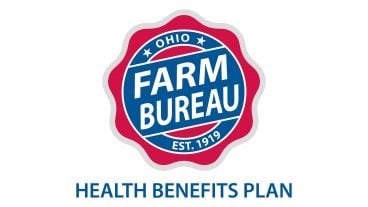
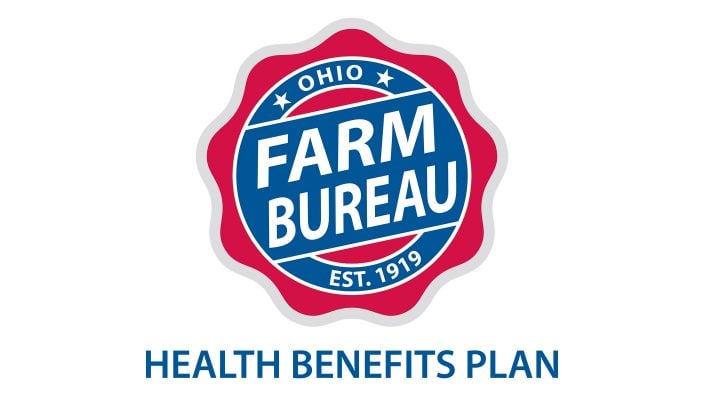
The plan has been updated to give sole proprietors access to more rate stability and a smart solution that offers potential savings on health care.
Read More

The American Farm Bureau Federation, in partnership with Farm Credit, is seeking entrepreneurs to apply online by June 15 for the 2025 Farm Bureau Ag Innovation Challenge.
Read More
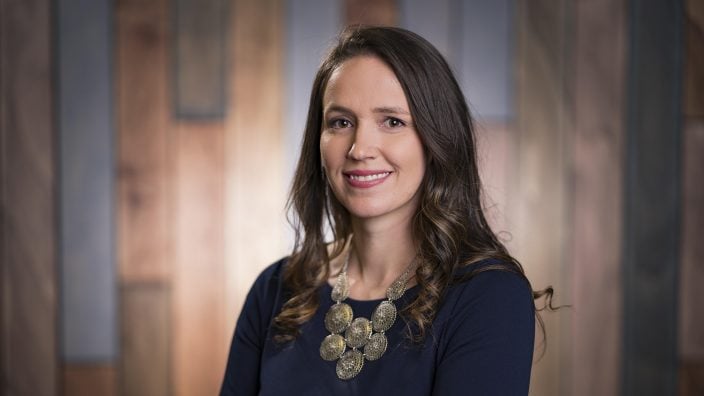
Adele Flynn of Wellington has been elected treasurer of the Ohio Farm Bureau Federation and now holds the third highest elected office in Ohio’s largest and most influential farm organization.
Read More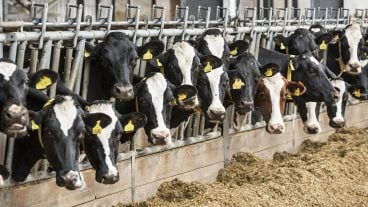
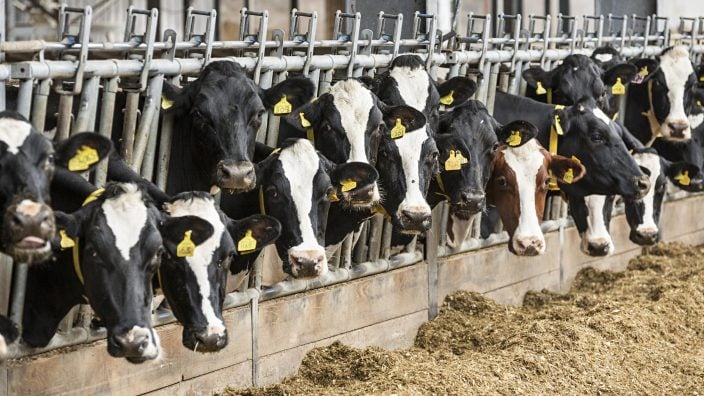
Producers are urged to work with their veterinarian to practice enhanced biosecurity measures and review and limit cattle movements within production systems.
Read More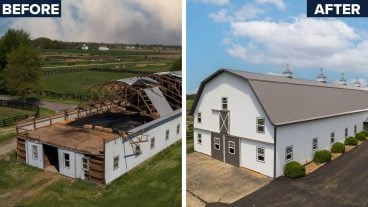
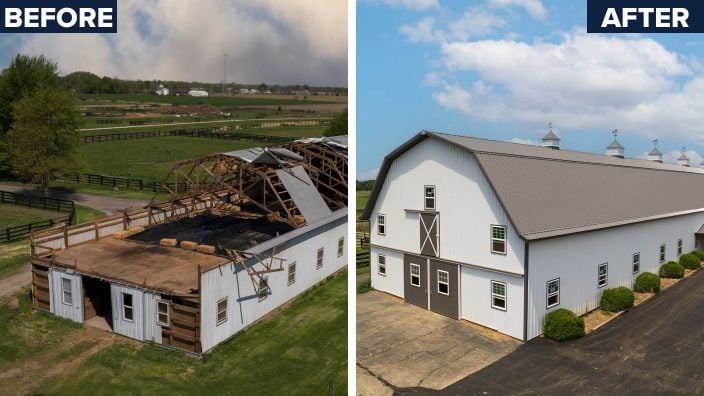
The changing seasons bring with them the need to thoroughly inspect pole barns for any damages that may have occurred during the winter months.
Read More

Hundreds of Ohio businesses and sole proprietors are raving about Ohio Farm Bureau’s Health Benefits plan with lower, predictable costs and easy enrollment and administration options.
Read More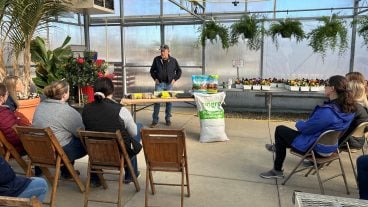
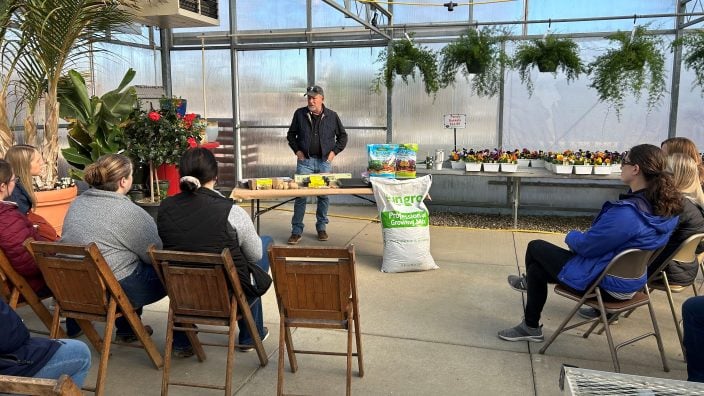
AgriPOWER Class XIV spent a few days in March in Medina and Wayne counties learning more about northern Ohio agriculture from leaders in Ohio Farm Bureau.
Read More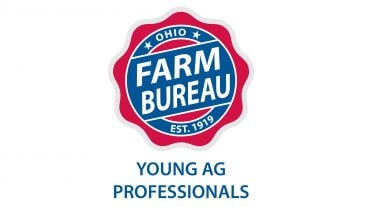
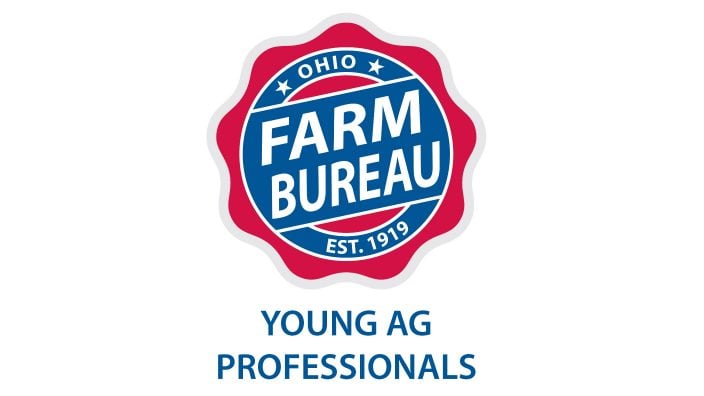
Leading Ohio Farm Bureau’s 2024 YAP State Committee are Luke and Kayla Durbin of Coshocton County, Tim and Sarah Terrill of Montgomery County and Carly Fitz of Perry County.
Read More